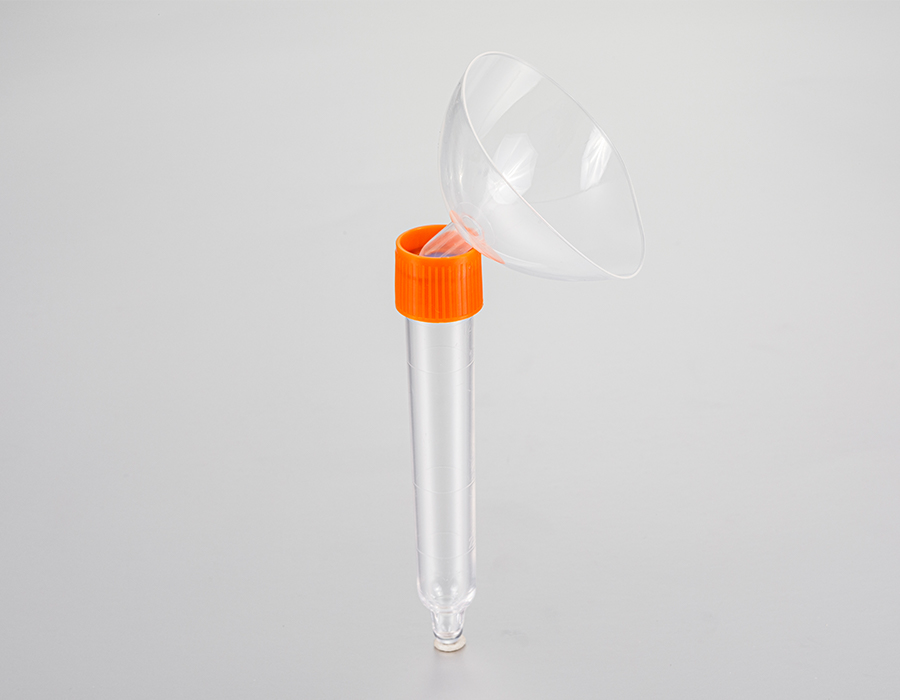Deep well shape:
Deep wells are usually round or square, and the choice of specific shape depends on the needs of the experiment and the design purpose of the deep well plate. Deep circular wells help distribute liquid samples evenly, while deep square wells may be easier to interface with experimental equipment such as robotic arms. The choice of deep well shape directly affects the distribution and mixing of liquid in the well and the operation of subsequent experimental steps.
Deep well diameter:
The choice of deep well diameter is determined based on the sample volume used in the experiment and operational requirements. Generally speaking, larger deep well diameters can hold more liquid and are suitable for high-throughput experiments, while smaller deep well diameters are more suitable for processing scarce samples. The selection of the deep well diameter requires a comprehensive consideration of multiple factors such as the number of samples, the size of the deep well plate, and experimental flexibility.
Deep well depth:
The depth of the deep well directly affects the liquid capacity and usage flexibility of the deep well plate. Deeper wells can hold more liquid but may increase the risk of cross-contamination between samples. The selection of deep well depth requires balancing capacity requirements and the special requirements of the experiment to ensure effective application in different experimental scenarios.
Bottom shape:
The bottom of a deep well is usually designed to be tapered, which facilitates liquid recovery and operation. The tapered bottom reduces the volume of residual liquid, ensuring more efficient liquid handling and sampling. The design of the bottom shape may also affect the distribution and mixing of liquids in the experiment, which is especially important for experiments that require liquid mixing.
Anti-drip design:
Deep wells should be designed with drip-proof features in mind to prevent liquids from dripping between deep wells, leading to cross-contamination. This involves the spacing between deep wells and the design of the bottom of the deep wells. Through reasonable drip-proof design, the accuracy and reliability of experiments can be maintained, which is especially important in high-throughput experiments.
Bottom transparency:
Some deep-well plate designs use optically clear material on the bottom to facilitate applications such as cell imaging. The transparent bottom design allows researchers to directly observe cell growth, fluorescence signals, etc. in deep wells through a microscope, providing more possibilities for biological research.


 English
English Español
Español 中文简体
中文简体







